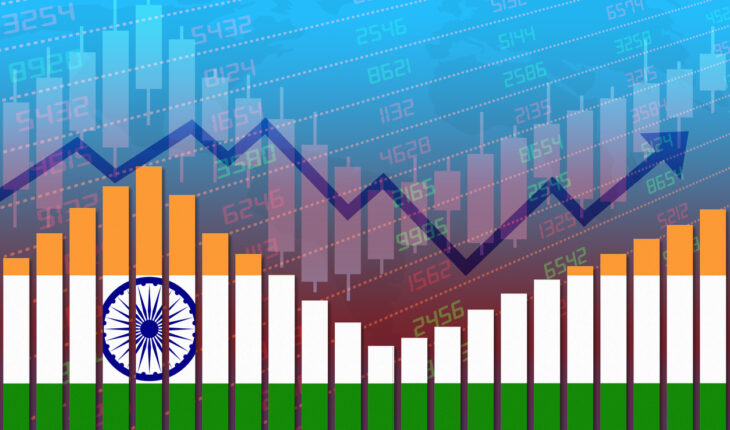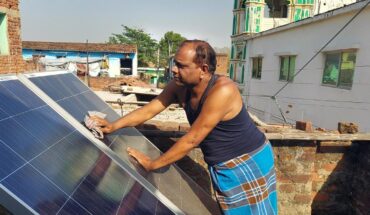The Centre’s fiscal deficit’s sharp ascent from Rs 11 lakh crore in January to Rs 15 lakh crore by the end of February paints a concerning picture of India’s economic stewardship. This leap, marking the deficit at 86.5% of the revised Rs 17.3 lakh crore target within a mere 29 days, starkly contrasts last year’s smoother progression. Such a spike in deficit not only mirrors fiscal stress but also raises questions about the government’s budgetary discipline and economic forecasting. Two factors partially mitigate this abrupt rise.
Firstly, an increased allocation to States via tax devolution shares, and secondly, a significant boost in capital expenditure in February. These expenditures, while necessary, underscore the urgent need for balanced fiscal management. Especially when aiming to meet an ambitious Rs 10 lakh crore capex target amidst constraints like the Model Code of Conduct for the looming Lok Sabha polls. Finance Minister Nirmala Sitharaman’s adjustment of this fiscal year’s deficit target to 5.8% from 5.9% in the interim Budget, alongside a commitment to narrow the deficit to 4.5% of GDP by 2025-26, suggests an awareness of the need for fiscal prudence.
However, achieving these targets amidst the dual challenges of stimulating growth post-COVID-19 and managing high inflation, potential agricultural setbacks, and uneven consumption demands, will require more than mere fiscal gymnastics. With significant unspent funds still earmarked for critical sectors such as Agriculture, Rural Development, and Consumer Affairs as the fiscal year ends, there’s a real risk that underspending could impact the effectiveness of government programs. This scenario underlines the importance of not just fiscal tightening but also improving budgetary execution to ensure that allocated funds effectively reach intended sectors and initiatives. As the country stands at a fiscal crossroads, the path ahead demands recalibrating strategies to align with economic realities and priorities.




